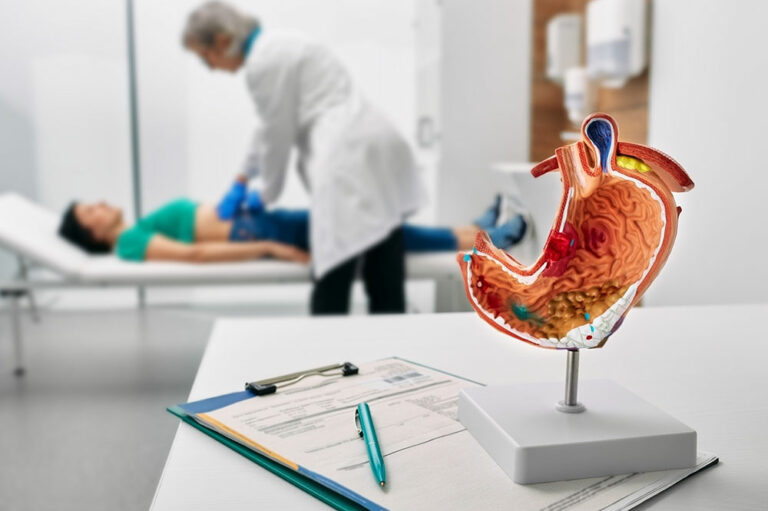
6 signs and symptoms of Dupuytren’s contracture
Dupuytren’s contracture is a skin condition in which the tissues in the palm of one’s hand become abnormally thick. In several cases, both palms get affected, making it harder for people to use their hands for tasks. While this condition has no cure, specific management options can improve a person’s quality of life. Detecting this disease in its early stages is vital to achieving that objective. Here are some signs of Dupuytren’s contracture: 1. Mobility issues As implied earlier, this disease deprives people of proper use of their hands. People usually use their hands to move things around, which requires mobility, and Dupuytren contracture makes simple mobility incredibly challenging for individuals with this condition. Certain activities, like making a fist or holding objects with one’s hands, are still somewhat possible for individuals even after developing this condition. However, a person’s fingers, palm, and hand have a decreased range of motion. For instance, baseball or badminton players will notice that holding a baseball bat or a badminton racket is challenging. 2. Nodules on hands The first sign of Dupuytren contracture in the body is the appearance of small bumps under the skin on a person’s palm. These nodules appear at the base of one’s fingers.
Read More 










